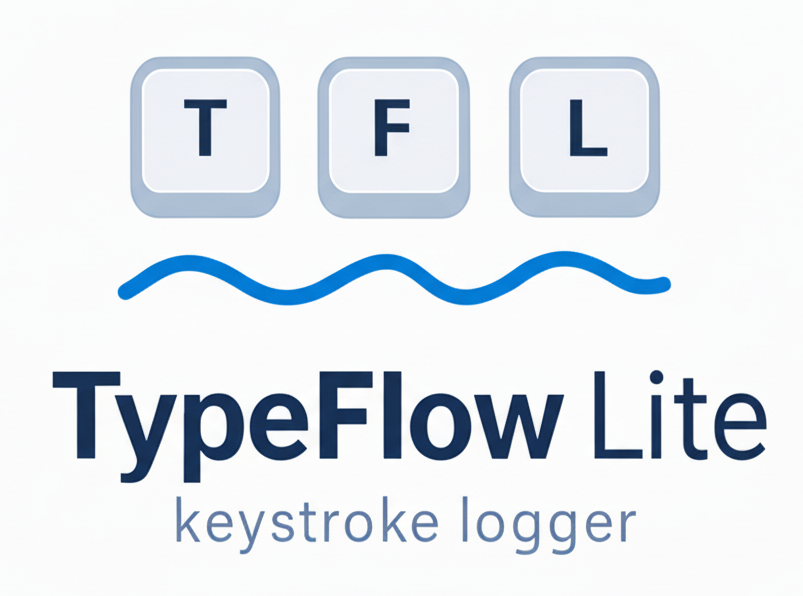
0) Dataset type
1) Global thresholds & presets
These thresholds apply to Pausing and Pause Locations. You can still fine-tune inside each section.
2) Upload your TypeFlow workbooks (.xlsx)
The app reads available sheets and builds a unified selector.
3) Global options
4) Selection
Session Overview
Session Stats
Long (Section, Metric, Value) → pivoted to wide.
Process · Product (Words & WPM)
Long (Section, Metric, Value) → pivoted to wide.
P-Bursts Summary
R-Bursts Summary
Pausing (Intervals)
Pause Locations (Intervals)
Revisions (Derived from Event Stream)
Uses rows tagged as revision (Scope/Proximity/Type present). Durations require startTime & endTime. Edit distance included if a numeric field like EditDistance is present.
Revision sheets (beyond bursts)
If your workbook contains Revision matrices/episodes (e.g., “Revision …”, “RM …”), choose which items to export. Multi-row sheets are safely aggregated (SUM/MEAN) to wide columns.
CTX — Source-based / Context sheets
The merger auto-detects CTX/Context/Source sheets. Pick items to include; for multi-row tables we compute SUM/MEAN safely.
Event Stream (optional aggregates)
Detected event types (sampled):
5) Export
Log deterministic
Waiting for files…